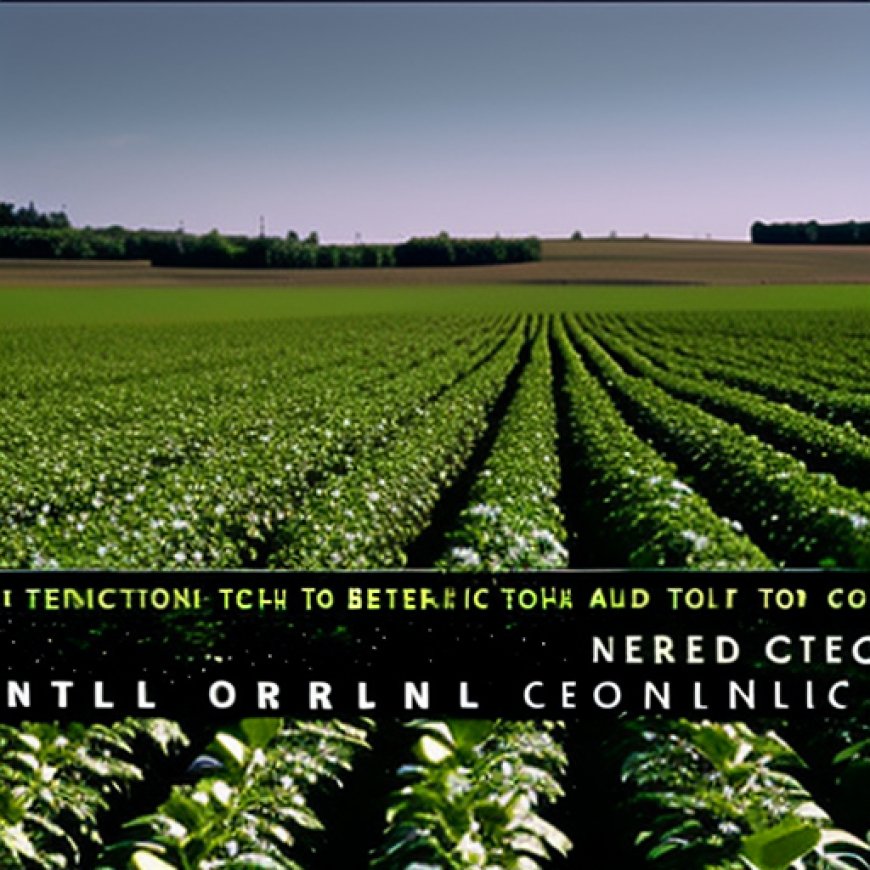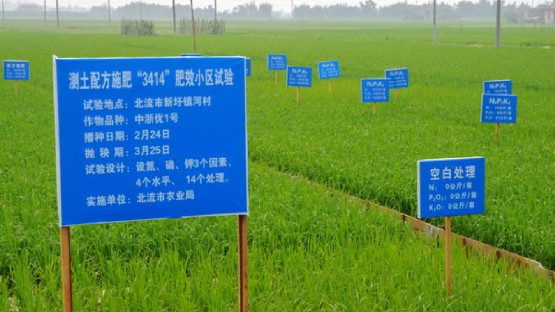Better tech needed to increase soil organic carbon and crop yields | Cornell Chronicle
Better tech needed to increase soil organic carbon and crop yields ... Cornell Chronicle


Increasing Organic Carbon in Soils: Implications for Global Crop Production

Introduction
Increasing organic carbon in soils has been promoted as a way to help combat climate change while also improving soil fertility and crop yields. However, a new study published in Nature Geoscience titled “Global Crop Production Increase by Soil Organic Carbon” reveals that the promised yield increases at a global scale would be negligible with current technologies and optimal management practices.
Key Findings
- The study finds that available techniques to increase soil organic carbon would boost global crop production by only 0.7%.
- Regions with low food security, such as sub-Saharan Africa, might benefit more from any yield increases if new ways can be developed to increase soil organic carbon beyond current agricultural management practices.
- If future technologies can increase soil organic carbon to optimum levels, global production of the three most important staple crops (maize, wheat, and rice) could rise by 4.3%, enough to feed an additional 640 million people.
Implications for Sustainable Development Goals (SDGs)
The findings of this study have significant implications for the Sustainable Development Goals (SDGs). By highlighting the limited impact of current technologies on global crop production, the study emphasizes the need for innovative strategies to increase soil organic carbon and improve food security.
Current Limitations and Future Possibilities
The study suggests that current technologies and optimal management practices are not sufficient to achieve substantial increases in crop yields through soil organic carbon. To achieve a 4.3% difference in global crop production, new technologies and approaches need to be developed.
- Potential future technologies include deep-rooted perennial crops and biotechnologies that enhance carbon sequestration in the soil.
- Redistributing carbon in the form of biochar, a durable solid rich in carbon, could be a plausible solution. Biochar can be produced in cities and transported to agricultural fields, offering a way to increase soil organic carbon beyond current agricultural practices.
Methodology
The study utilized data from field trials conducted in China from 2005-2013, covering wheat, rice, and maize crops. Machine learning techniques were employed to extrapolate the yield effects of soil organic carbon to different soil types across the globe.
Conclusion
The study highlights the need for innovative strategies to increase soil organic carbon and improve crop yields. While current technologies have limited impact, future advancements hold the potential to significantly enhance global crop production. By focusing on regions with low food security, these advancements can contribute to achieving the SDGs related to food security and nourishment of populations.
Authors: Johannes Lehmann, Dominic Woolf, Yuqing Ma, Minsheng Fan, and others.
Funding: National Key Research and Development Program of China, National Natural Science Foundation of China, Cornell Institute for Digital Agriculture, and USDA National Institute of Food and Agriculture.
SDGs, Targets, and Indicators
| SDGs | Targets | Indicators |
|---|---|---|
| SDG 2: Zero Hunger | 2.3: By 2030, double the agricultural productivity and incomes of small-scale food producers, in particular women, indigenous peoples, family farmers, pastoralists, and fishers, including through secure and equal access to land, other productive resources and inputs, knowledge, financial services, markets, and opportunities for value addition and non-farm employment. | No specific indicators mentioned in the article. |
| SDG 13: Climate Action | 13.1: Strengthen resilience and adaptive capacity to climate-related hazards and natural disasters in all countries. | No specific indicators mentioned in the article. |
| SDG 15: Life on Land | 15.3: By 2030, combat desertification, restore degraded land and soil, including land affected by desertification, drought and floods, and strive to achieve a land degradation-neutral world. | No specific indicators mentioned in the article. |
1. Which SDGs are addressed or connected to the issues highlighted in the article?
The issues highlighted in the article are connected to SDG 2: Zero Hunger, SDG 13: Climate Action, and SDG 15: Life on Land.
2. What specific targets under those SDGs can be identified based on the article’s content?
Based on the article’s content, the specific targets that can be identified are:
- SDG 2.3: By 2030, double the agricultural productivity and incomes of small-scale food producers, in particular women, indigenous peoples, family farmers, pastoralists, and fishers, including through secure and equal access to land, other productive resources and inputs, knowledge, financial services, markets, and opportunities for value addition and non-farm employment.
- SDG 13.1: Strengthen resilience and adaptive capacity to climate-related hazards and natural disasters in all countries.
- SDG 15.3: By 2030, combat desertification, restore degraded land and soil, including land affected by desertification, drought and floods, and strive to achieve a land degradation-neutral world.
3. Are there any indicators mentioned or implied in the article that can be used to measure progress towards the identified targets?
No specific indicators are mentioned or implied in the article that can be used to measure progress towards the identified targets.
4. SDGs, Targets, and Indicators
| SDGs | Targets | Indicators |
|---|---|---|
| SDG 2: Zero Hunger | 2.3: By 2030, double the agricultural productivity and incomes of small-scale food producers, in particular women, indigenous peoples, family farmers, pastoralists, and fishers, including through secure and equal access to land, other productive resources and inputs, knowledge, financial services, markets, and opportunities for value addition and non-farm employment. | No specific indicators mentioned in the article. |
| SDG 13: Climate Action | 13.1: Strengthen resilience and adaptive capacity to climate-related hazards and natural disasters in all countries. | No specific indicators mentioned in the article. |
| SDG 15: Life on Land | 15.3: By 2030, combat desertification, restore degraded land and soil, including land affected by desertification, drought and floods, and strive to achieve a land degradation-neutral world. | No specific indicators mentioned in the article. |
Behold! This splendid article springs forth from the wellspring of knowledge, shaped by a wondrous proprietary AI technology that delved into a vast ocean of data, illuminating the path towards the Sustainable Development Goals. Remember that all rights are reserved by SDG Investors LLC, empowering us to champion progress together.
Source: news.cornell.edu

Join us, as fellow seekers of change, on a transformative journey at https://sdgtalks.ai/welcome, where you can become a member and actively contribute to shaping a brighter future.







